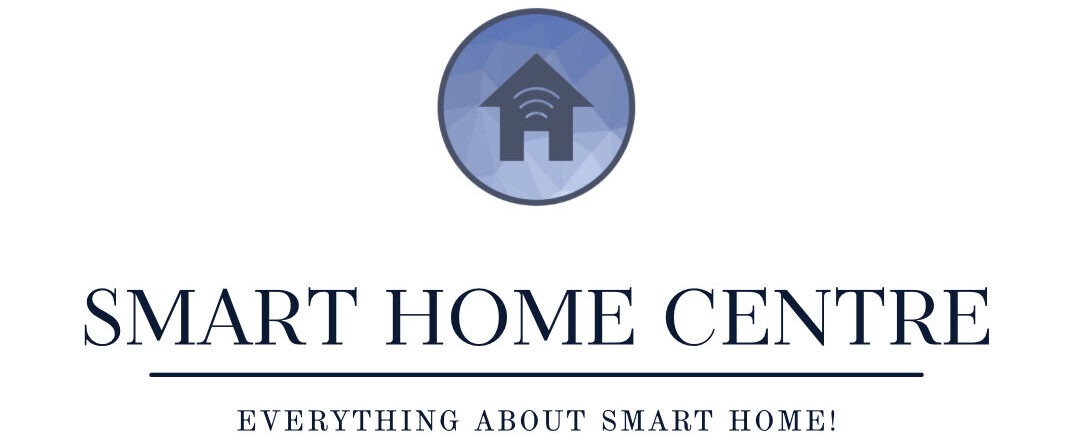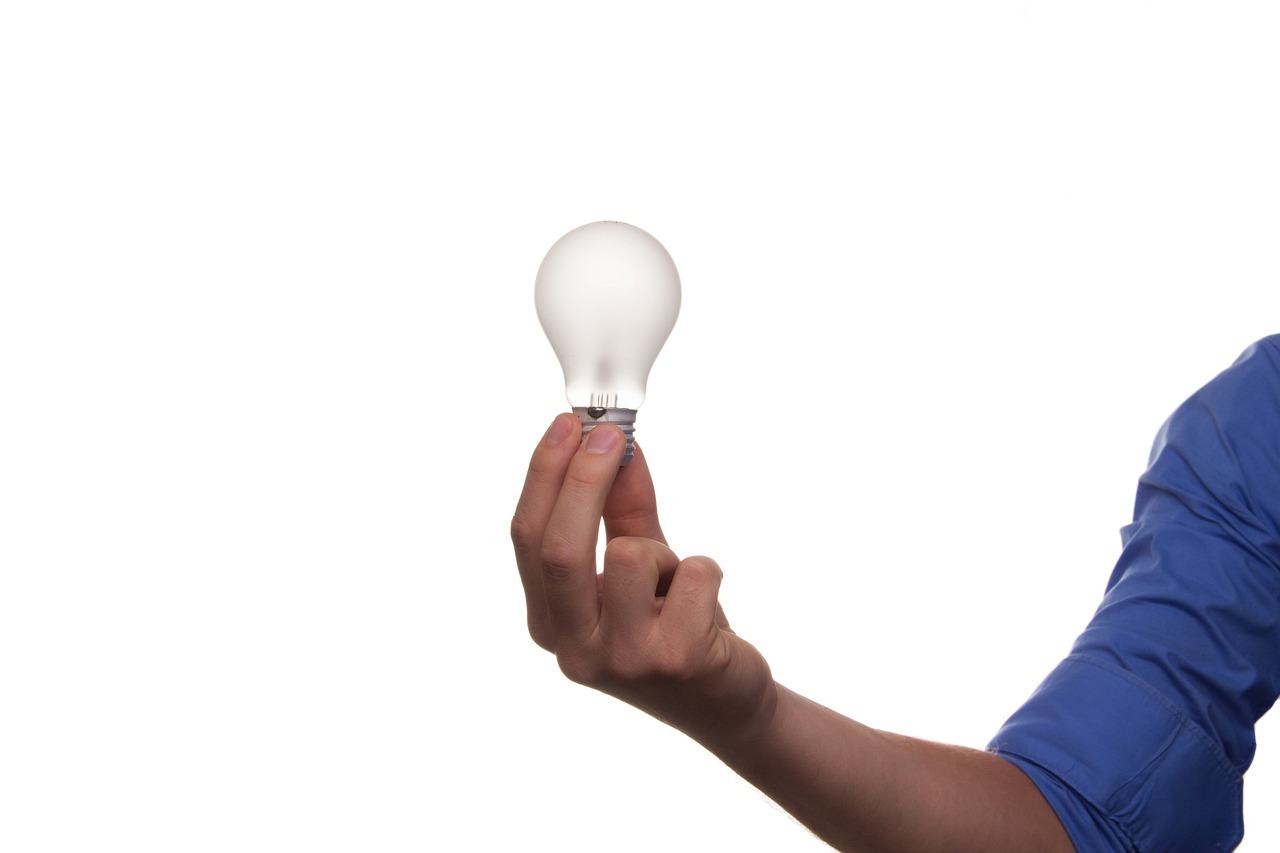For most people, Smart Home technology begins with smart lights. It’s an easy way to dip your toes into the Smart Home world and experience its benefits. With smart lights, you can easily dim, turn on and off lights via an app (even when you’re away from home), and automate your smart lights in numerous ways. This can be based on schedules, sunrise and sunset times, or through sensors. For instance, you can use a motion sensor to automatically turn on lights when you enter a room, and you can pre-set the brightness level based on the time you enter the room. There are also window and door sensors that detect whether a window or door is open or closed. You can combine smart lights with a door sensor on your walk-in closet, for example, so the lights turn on when you open the door and turn off when you close it. In this article, we’ll delve deeper into the possibilities of smart lights and everything you need to know to get started.
Requirements
Of course, it all starts with the purchase of smart lights. First and foremost, it’s important to determine what type of bulb you need. This could be spotlights (GU10) or regular E14 or E27 bulbs. Additionally, it’s essential to decide on the type of lights you’re looking for. There are roughly three options available:
- White
- White tones (cool and warm tones)
- Colored
Furthermore, there are filament bulbs, where the filament is visible. Typically, white bulbs are the cheapest, white tones are slightly more expensive, and colored bulbs are considerably pricier. Of course, this varies depending on the brand.
Depending on the brand you’ve chosen and the features you’re looking for, you may need to purchase a hub to control the lights (remotely). Cheaper smart lights, which are mostly based on the Tuya brand, usually operates on WiFi and can be controlled directly without a hub. More expensive lights systems like Philips Hue are based on the Zigbee protocol, requiring a hub to connect and control the lights. However, Philips Hue also has Bluetooth built-in, allowing you to control your lights via your phone within Bluetooth range. This severely limits your ability to automate and control your lights remotely.
Control
You can control your smart lights in multiple ways. You can turn the lights on or off and dim them using the manufacturer’s app, but usually also through one of the Smart Home platforms like Google Home and Apple HomeKit by linking the lights to them. Here, you can also manage all your automations and grant access to your smart lights to your household members. Additionally, you can control your smart lights with your voice using Google Assistant or Siri. Finally, there are various accessories you can use to control your lights. This usually comes in the form of a remote control, allowing you to turn your lights on and off even without your phone or smart assistant. This is also convenient for household members and guests, so everyone can control the lights in their own way.
In this article, we’ve covered the basics of smart lights. Be sure to check out the article on Philips Hue for an in-depth look at the products, accessories, settings, and ways to optimize smart lights in your home.



